Democrats go all out to court young voters for 2020
September 22, 2019

Democrats are aggressively wooing Gen Z as well as millennial voters, hoping a new generation will help carry them to the nomination — and the White House — in 2020 after historic turnout from the age groups in last year’s midterm elections.
Younger voters have typically turned out at lower rates than other demographic groups in elections, but they defied expectations in the 2018 midterms, with a 16-point jump in voting by 18- to 29-year-olds compared to the 2014 election, according to census data.
Overall, 36 percent of voters in that age group cast a ballot last year, compared to 20 percent in 2014. Analysts believe a similar number or higher during a presidential year could make the difference in a race that President Trump won last time around by just a few percentage points in several key battleground states.
Democratic presidential contenders have thus ramped up their pitches to young voters through frequent visits to college campuses and an increased presence on social media. Sen. Bernie Sanders (I-Vt.), for example, kicked off a tour of universities at historically black colleges this week.
However, there is no guarantee that Democrats’ investment in the youth vote will pay off. While issues such as reducing college debt and climate change tend to align with the interests of young voters, polling data has also shown that young voters tend to identify as independents and that they tend to be skeptical of both parties.
“It might be tougher to convince a young person to vote for you, but I think at the end of the day, something that every candidate and every kind of advocacy group needs to keep in mind is that this demographic isn’t a party ticket voter,” Layla Zaidane, chief operating officer at the Millennial Action Project, told The Hill.
“You have to be really thoughtful about not only what you’re telling them to get them excited to vote but why you’re telling them that in the first place,” she continued.
Among presidential contenders, Sanders has perhaps been the most successful. Helped by the slogan “Feel the Bern,” the democratic socialist gained a large following among younger voters in 2016, giving him a fighting chance against eventual nominee Hillary Clinton.
The 79-year-old has maintained his focus on young voters this time around, including through college visits and his new community organizing app.
He leads the party’s field among young Democratic voters, with 33 percent support among those under the age of 35, according to a recent NBC News-Wall Street Journal poll.
Campaigns are also providing training on campaign organizing and courting volunteers.
More than 1,500 students across the country signed up for Sanders’s summer program training on campaign organizing, said campaign spokeswoman Belen Sisa.
Meanwhile, South Bend, Ind., Mayor Pete Buttigieg’s (D) campaign is also wooing young voters, running ads on Spotify and Pandora as well as organizing on college campuses, specifically in early primary states.
His campaign said campus organizers at the University of Iowa, Iowa State University and the University of Northern Iowa have held about 30 events aimed at recruiting young voters, while the campaign’s campus organizers in South Carolina have had 40 events. Both are key early states in the Democratic primary.
Buttigieg himself has used his status as a 38-year-old millennial to talk about generational change on a number of issues.
“As a millennial, he has a lot at stake,” said Chris Meagher, Buttigieg’s national press secretary. “He was in high school during Columbine. He’s a veteran of one of the endless post-9/11 wars.”
“We’re facing challenges like climate change and gun violence and the economy, where wages are stagnant. If we don’t do anything, it’s going to be too late to act, and it’s going to impact us down the road,” he continued.
The policies that are dominating the Democratic debate appear at first sight well suited to court young voters. Though definitions vary, millennials are usually seen as those born between 1981 to 1996, while Gen Z includes those born after 1997.
Democrats such as Sanders and Sen. Elizabeth Warren (D-Mass.) have campaigned on eliminating student debt as well as taking more aggressive action on gun control and climate change — all issues that polls have showed appeal to young voters.
Gun violence in particular has had a particularly traumatic effect on younger voters, who were in school during a number of mass shootings, including in Sandy Hook, Conn., and Parkland, Fla.
“This is the generation of kids who grew up with active shooter drills, and for a lot of kids, this — the Donald Trump presidency — is their defining touchpoint with politics because they were perhaps too young to even vote the last time,” said Andy Bernstein, executive director of HeadCount, a nonprofit that works with musicians to promote voter turnout.
However, whether the investment in courting young voters will succeed remains in doubt.
Pew data has shown younger voters tend to be more independent, and young voters have had much lower participation in elections than other age groups historically, though the uptick in 2018 has raised optimism among organizers.
“The challenge is young voters are new voters,” Carolyn DeWitt, president and executive director of Rock the Vote, said. “They are completely new to the process. We don’t do a lot in our society and in our public school system to prepare them to be engaged, active participants in our democracy.”
Various groups are stepping up their efforts to turn out the vote among 18- to 29-year-olds, including partnering up with celebrities popular with the age cohort.
This year, HeadCount partnered with pop star Ariana Grande to set up booths and register people to vote at every concert on her Sweetener tour.
HeadCount later partnered with March For Our Lives, the youth-led movement for stricter gun control measures that arose from the Parkland shootings, registering voters at 30 marches and a summer bus tour.
These groups believe this time around it could be different, potentially changing the scope of elections because of the sheer size of the groups being targeted. More than 75 million people are considered millennials, according to Brookings, while around a quarter of the U.S. population is seen as belonging to Gen Z, or roughly 82 million.
That makes them a potentially powerful electoral force and a boon to Democrats — should they succeed in winning them over.
“Millennials and Gen Z will comprise nearly 40 percent of the electorate next year,” DeWitt said, “which is incredible power to decide who wins elections, both at the local level and at the federal and presidential level as well.”
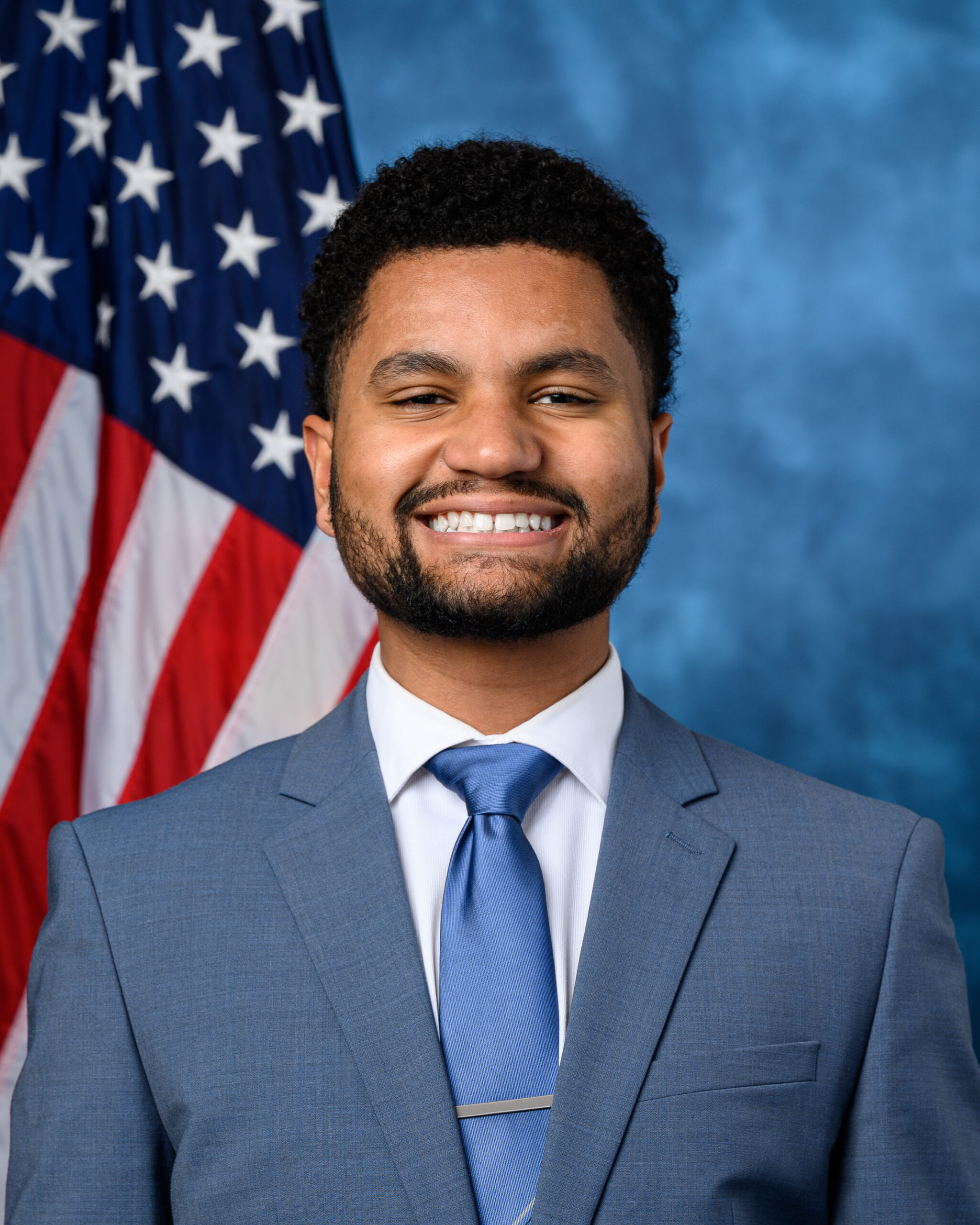
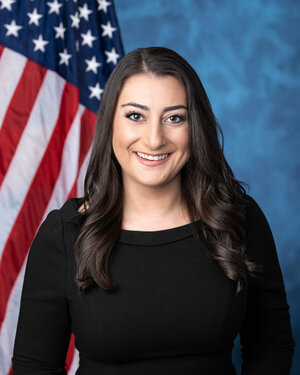

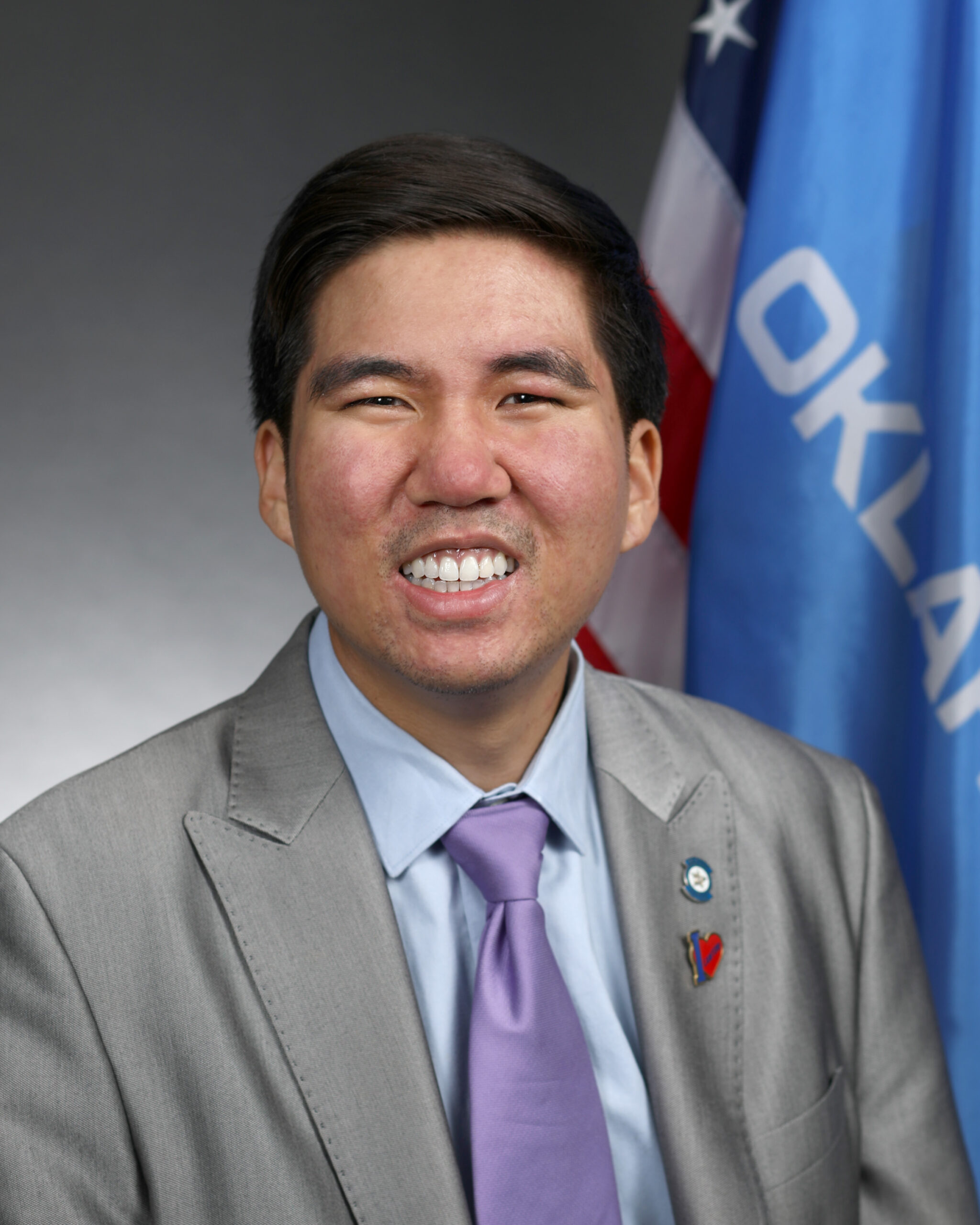
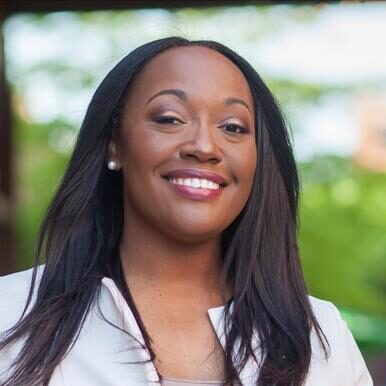
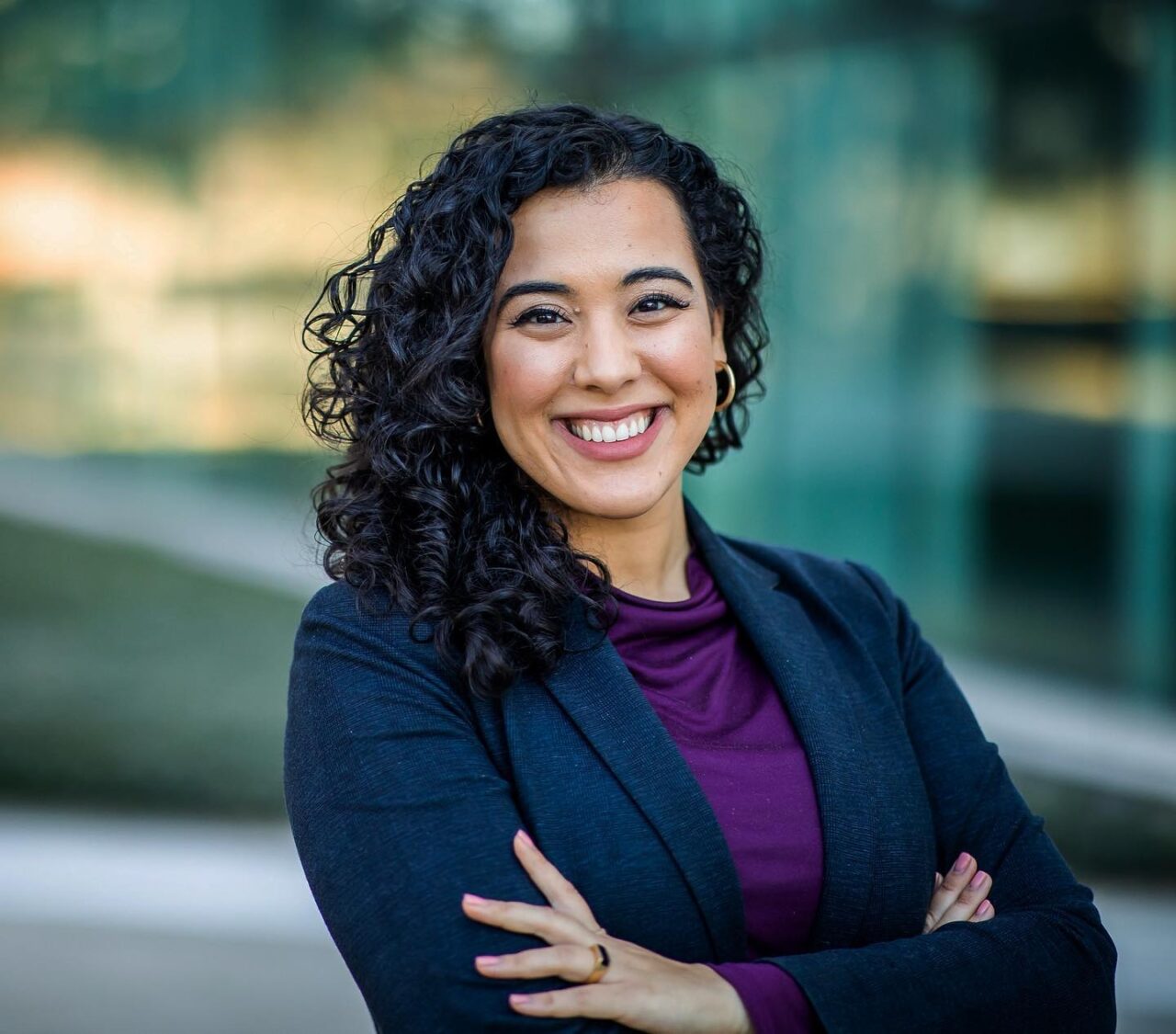
Join 1,800+ BIPARTISAN LEADERS NATIONWIDE
Be a part of a network of lawmakers committed to governing effectively, passing more representative public policy, and increasing public trust in democracy.